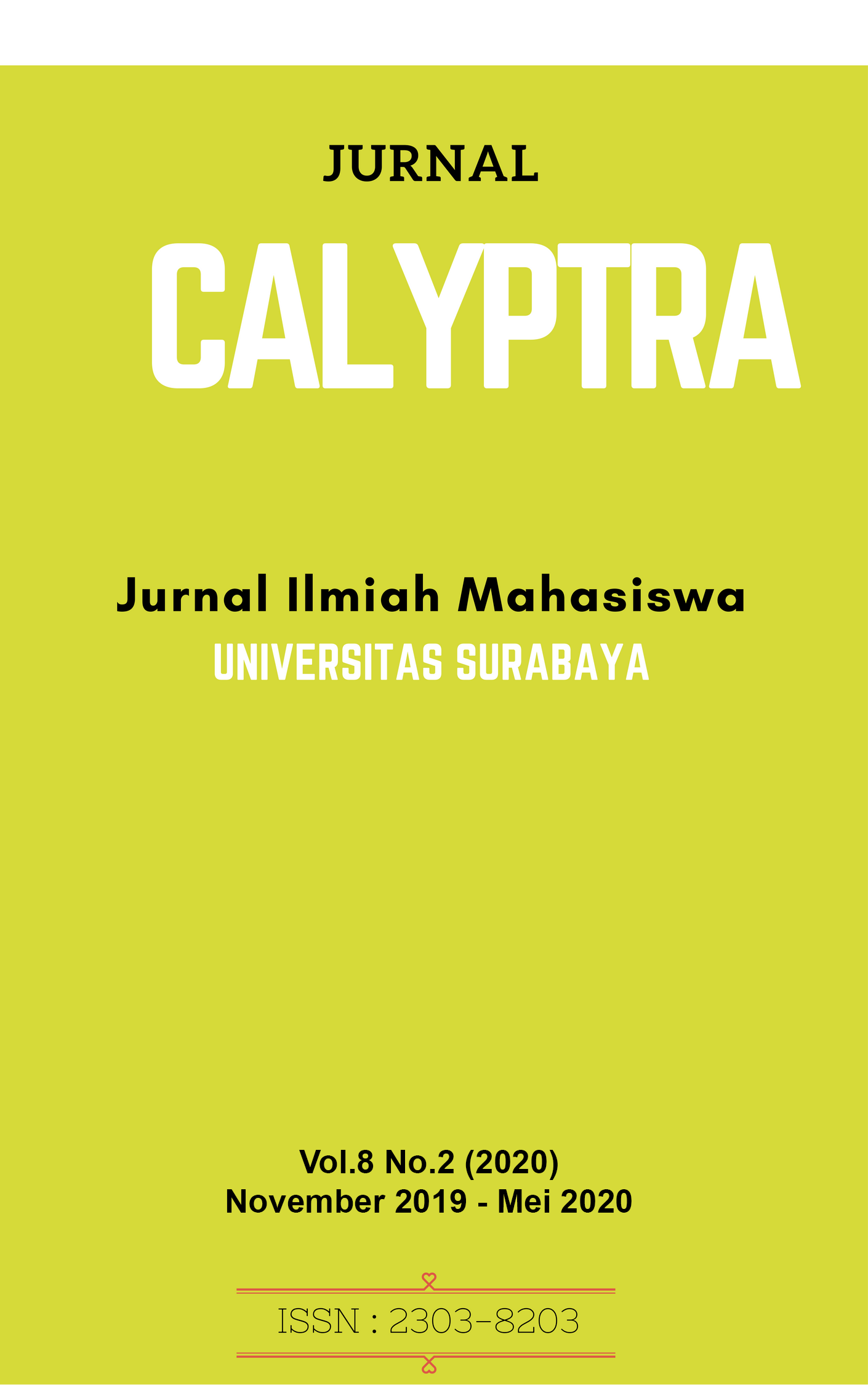Analisis Komparasi Daya Saing Ekspor Teh Indonesia dan Vietnam Serta Faktor yang Mempengaruhi Daya Saing Teh Indonesia
 Abstract Views:
863 times
Abstract Views:
863 times
 PDF Downloads:
1780 times
PDF Downloads:
1780 times
Abstract
Abstrak--Tujuan dari penelitian ini untuk membandingkan daya saing dari komoditi teh Indonesia dengan Vietnam di pasar global dan juga untuk menganalisis pengaruh Harga ekspor, Produksi, Volume ekspor dan Nilai tukar terhadap daya saing komoditi teh Indonesia. Perbandingan di analisa menggunakan penelitian komparatif dengan metode deksriptif. Data yang digunakan data sekunder dari tahun 2001-2016, mencakup: 1) Kurs rupiah terhadap Dolar Amerika; 2) Harga ekspor teh Indonesia; 3) Jumlah produksi komoditi teh Indonesia; 4) Volume ekspor komoditi Indonesia. Alat analisis yang digunakan adalah: a) Revealed Comparative Advantage (RCA); b) Dynamic Revealed Comparative Advantage (DRCA); dan c) Analisis Regresi Linear Berganda. Hasil penelitian menemukan bahwa: 1) komoditas teh Indonesia memiliki daya saing tinggi karena memiliki nilai RCA lebih dari 1, namun daya saing teh Vietnam masih lebih unggul; 2) teh Vietnam masih menguasai pasar dengan nilai DRCA yang terus unggul lebih besar dari 1 sedangkan teh Indonesia semakin kehilangan pasar dikarenakan nilai RCA yang terus mengalami penurunan sehingga menyebabkan nilai DRCA juga terus menurun; 3) harga ekspor dan volume ekspor berpengaruh signifikan terhadap daya saing teh Indonesia di pasar internasional.
Kata Kunci: Daya Saing, Revealed Comparative Advantage (RCA), Dynamic Revealed Comparative Advantage (DRCA), Ekspor, Teh, Nilai Tukar, Harga ekspor, Produksi, Volume ekspor, Analisis Linear Berganda, Indonesia-Vietnam.
Abstract--The purpose of this research was to compare the competitiveness of commodities Indonesia’s tea and Vietnam’s tea in the global market and also to analyse the influence of export prices, production, Volume of exports and the rate of exchange against the competitiveness of Indonesia's tea commodities. Comparison in this analysis using comparative research with descriptive. The data used are secondary data from the years 2001-2016, including: 1) the rupiah exchange rate against the dollar; 2) tea export prices of Indonesia; 3) production of Indonesia’s tea; 4) exports volume of Indonesia’s tea. Analysis tools used are: a) Revealed Comparative Advantage (RCA); b) Dynamic Revealed Comparative Advantage (DRCA); and c) Ordinary Least Square (OLS), Results of the study found that: 1) tea commodities Indonesia has high competitiveness due to RCA has a value greater than 1, but the competitiveness of Vietnam was still superior to tea; 2) Vietnam’s tea still controlled the global market with the value of the DRCA continues to greater than 1 while Indonesia's tea market due to the lost value of RCA who continued to decline so that it causes the value of the DRCA also continues to decline; 3) export prices and export volume effect significantly to the competitiveness of Indonesia's tea in the international market.
Keywords: Competitiveness, Revealed Comparative Advantage (RCA), Dynamic Revealed Comparative Advantage (DRCA), Export, Tea, Exchange Rate, Export Prices, Production, Exports Volume, Ordinary Least Square (OLS), Indonesia-Vietnam.
Downloads
References
Abdmoulah, W., & Laabas, B. (2010). Assessment of Arab Export Competitiveness in International Markets using Trade Indicators. The Arab Planning Institute, Kuwait.
Badan Pusat Statistik.,(2017), Statistik Teh Indonesia. Retrieved from https://www.bps.go.id/publication/2018/11/13/statistik-teh-indonesia-2017.html
Balassa, Bela. (1965). Trade Liberalization and Revealed Comparative Advantage. Manchester School of Economic and Social Studies. Volume 33, Hal. 92–123
Bank Indonesia., (2018), Moneter: Informasi Kurs. Retrieved from https://www.bi.go.id/id/moneter/informasi-kurs/Contents/Default.aspx
Basri, F., & Munandar, H. (2010). Dasar – Dasar Ekonomi Internasional: Pengenalan & Aplikasi Metode Kuantitatif. Jakarta: Edisi Pertama Kencana.
Darsono, & Ashari. (2005). Pedoman Praktis Memahami Laporan Keuangan. Jakarta: Salemba Empat.
Dolatti, M. E. (2011). The Effect of Real Exchange Rate Instability On Non-Petroleum Export in Iran. Journal of Basic and Apllied Scientific Research, Volume 2, No. 7, Hal. 6955-6961.
Drajat, B. E. (2007). Ekspor dan Daya Saing Kopi Biji Indonesia di Pasar Internasional: Implikasi Strategis Bagi Pengembangan Kopi Biji Organik. Pelita Perkebunan, Volume 23, No. 2, Hal. 159 – 17.
- Articles published in CALYPTRA are licensed under a Creative Commons Attribution-ShareAlike 4.0 International license. You are free to copy, transform, or redistribute articles for any lawful purpose in any medium, provided you give appropriate credit to the original author(s) and the journal, link to the license, indicate if changes were made, and redistribute any derivative work under the same license.
- Copyright on articles is retained by the respective author(s), without restrictions. A non-exclusive license is granted to CALYPTRA to publish the article and identify itself as its original publisher, along with the commercial right to include the article in a hardcopy issue for sale to libraries and individuals.
- By publishing in CALYPTRA, authors grant any third party the right to use their article to the extent provided by the Creative Commons Attribution-ShareAlike 4.0 International license.



